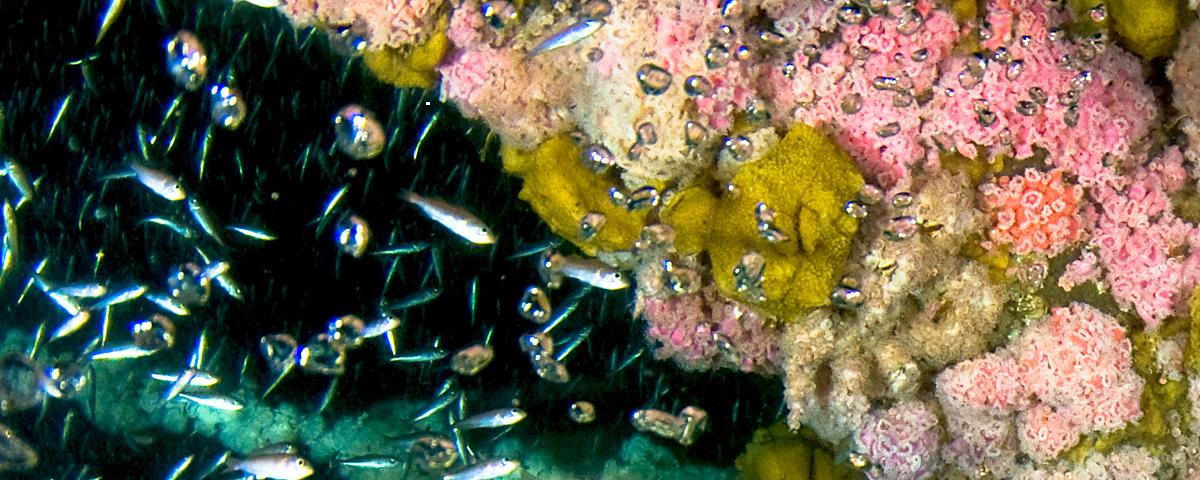Barite and barium in sediments and coral skeletons around the hydrocarbon exploration drilling site in the Traena Deep, Norwegian Sea
Abstract
From the Abstract: “Barite and barium concentrations in bottom sediments and coral skeletons from the vicinity of the hydrocarbon exploration well drilled in 1992–1993 in the Træna Deep, Norwegian Sea have been studied to assess the spreading of the drilling mud and related ecological effects on Lophelia petrusa coral reefs. Sand size barite crystals derived from the drilling mud and elevated Ba concentrations in surface (0–2 cm) sediments were found up to 4 km from the exploration drilling site. 210Pb-dating results on sediment cores indicate that Ba-rich surface intervals (0–2 cm) record ca. 20 years of sedimentation history, and connect Ba enrichment with exploration drilling. The geographic distribution of Ba contents in sediments allowed the reconstruction of the drilling mud dispersal pattern showing transport eastward from the drilling site, consistent with the prevailing current directions. The presence of relatively coarse-grained sediments and barite crystals trapped in coral polyps, ca. 500 m down current from the drilling site, reflects the elevated turbulence and sediment supply during the drilling activity. This elevated sediment dispersion likely placed a stress upon the coral reefs, but due to strong currents that effectively dilute episodic drilling waste and sediment discharges, the damage does not appear significant.”

